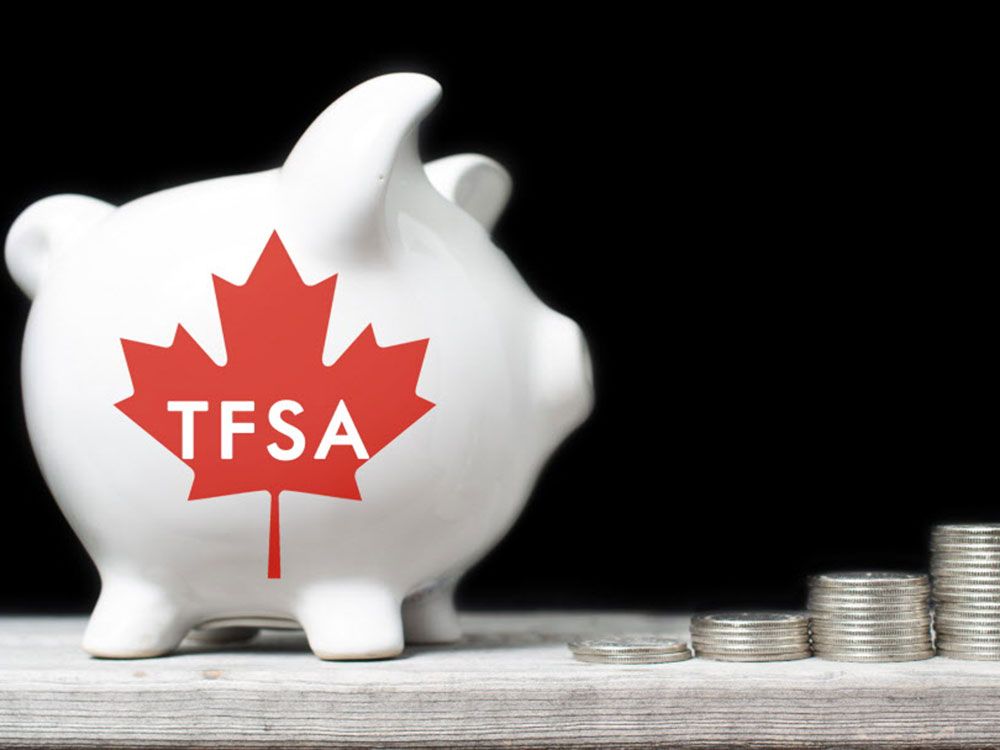Insolvencies are up 15% from last year and a younger generation is leading the way
Total Ontario insolvencies rose by 15 per cent in 2022 year over year while Canadian filings rose by 11 per cent. Photo by Getty Images/iStockphoto After the pace of insolvency filings fell during the pandemic, it is now back on the upswing, with millennials leading the pack in 2022.
Advertisement 2 This advertisement has not loaded yet, but your article continues below.
REGISTER TO UNLOCK MORE ARTICLES Create an account or sign in to continue with your reading experience.
Access articles from across Canada with one account Share your thoughts and join the conversation in the comments Enjoy additional articles per month Get email updates from your favourite authors Millennials accounted for 49 per cent of total insolvency filings in Ontario even though they only make up about a quarter of the 18-and-over population, according to the latest Joe Debtor report from Ontario-based insolvency firm Hoyes, Michalos & Associates Inc. Total Ontario insolvencies rose by 15 per cent year over year while Canadian filings rose by 11 per cent and were notably higher than pre-pandemic levels.
Financial Post Top Stories Sign up to receive the daily top stories from the Financial Post, a division of Postmedia Network Inc.
By clicking on the sign up button you consent to receive the above newsletter from Postmedia Network Inc. You may unsubscribe any time by clicking on the unsubscribe link at the bottom of our emails or any newsletter. Postmedia Network Inc. | 365 Bloor Street East, Toronto, Ontario, M4W 3L4 | 416-383-2300
“The average insolvent millennial is just 33 years old, yet they are 1.7 times more likely than baby boomers and 1.4 times as likely as generation X to file (for) insolvency, relative to the population,” licensed insolvency trustee Ted Michalos said in a press release. “We’ve noticed an overall trend since 2016 that the average insolvent borrower continues to get younger, with student loan debt and extremely high-cost loans being the main drivers of their insolvency.”
Advertisement 3 This advertisement has not loaded yet, but your article continues below.
Millennials weighed down by heavier student debt loads Millennials owed an average of $47,283 in unsecured debt last year, largely driven by student debt loads. More than one in three millennials were carrying student debt worth an average of $16,725, representing about 30 per cent of their total unsecured debt load. Post-secondary education debt has become a greater strain on younger generations as the cost of college and university has grown.
This generation was also the only age group to have a rise in unsecured debt, which grew by about nine per cent in 2022. They also heavily leaned on credit cards to cover rising expenses with 87 per cent of millennials holding credit-card debt with an average value of $13,948. The taxman also hit millennials harder, with nearly half of them grappling with tax debt, up from 37 per cent in 2021. Some of the tax debt was owed to repay pandemic support measures such as the Canadian Emergency Relief Benefit.
This advertisement has not loaded yet, but your article continues below.
Article content The problem with rapid high-cost loans Millennials have also flocked to loans with outsized rates, with more than half of them carrying at least one extremely high-cost loan — such as a payday loan or high-interest line of credit — with average balances totalling $11,940. Over half of insolvent debtors had at least one rapid loan, as subprime credit players such as payday lenders expanded their services into longer-term credit options and high-cost instalment loans became one of the limited options for desperate low-credit borrowers.
Hoyes, Michalos & Associates pointed out that these kinds of loans typically carry a minimum interest rate of around 29.99 per cent and that can rise as much as 59.99 per cent when fees are added.
This advertisement has not loaded yet, but your article continues below.
Article content The buy now, pay later trend is also coming home to roost for many of these borrowers. The fintech option for retailers that allows consumers to buy a product and pay in instalments has become an easy-to-access source of debt with a simple application process, no need for collateral and easy approval standards. While convenient, borrowers are often left with punitively high rates and extra charges should they fall behind on payments.
The biggest concern for insolvency trustees such as Doug Hoyes, co-founder of Hoyes, Michalos & Associates, is the rapid pace at which the demand for these loans have grown.
“Despite subprime lending being a small component of overall lending in Canada, its fast growth is creating a crisis among heavily indebted borrowers and these rapid loans are a significant driver of consumer insolvencies,” he said.
This advertisement has not loaded yet, but your article continues below.
Article content Households and businesses struggling to manage rising cost of debt 5 steps to stop feuding financially with your partner Canadians now expect to need $1.7 million to retire Back with a vengeance Even though household debt climbed during the pandemic, Hoyes, Michalos & Associates noted that insolvency filings fell as Canadians working from home managed to bulk up on savings and government supports. They also benefited from delayed wage garnishment (which legally forces a portion of your wages to be turned over to creditors through a court order) and collection activity, which was halted when courts were closed. Now, the economic reopening and the challenge of making ends meet in a high-inflation, high-interest rate environment are bringing those debt loads back to the fore.
• Email: shughes@postmedia.com | Twitter: StephHughes95
